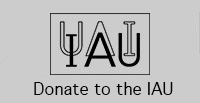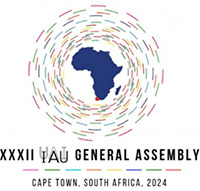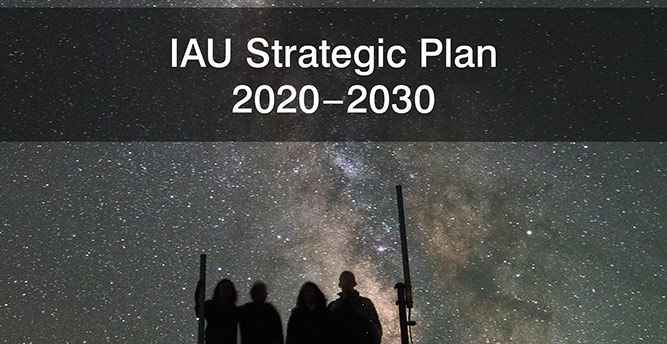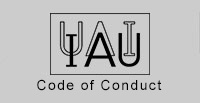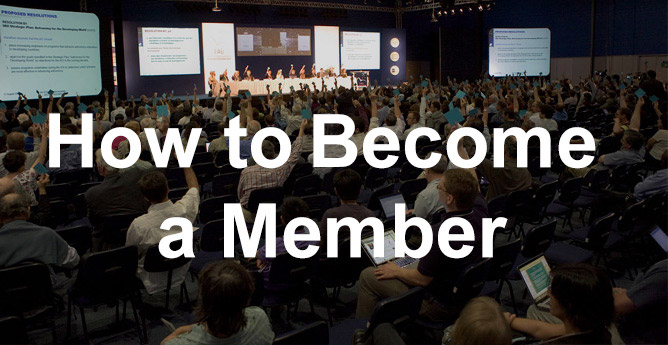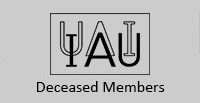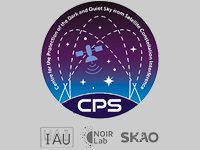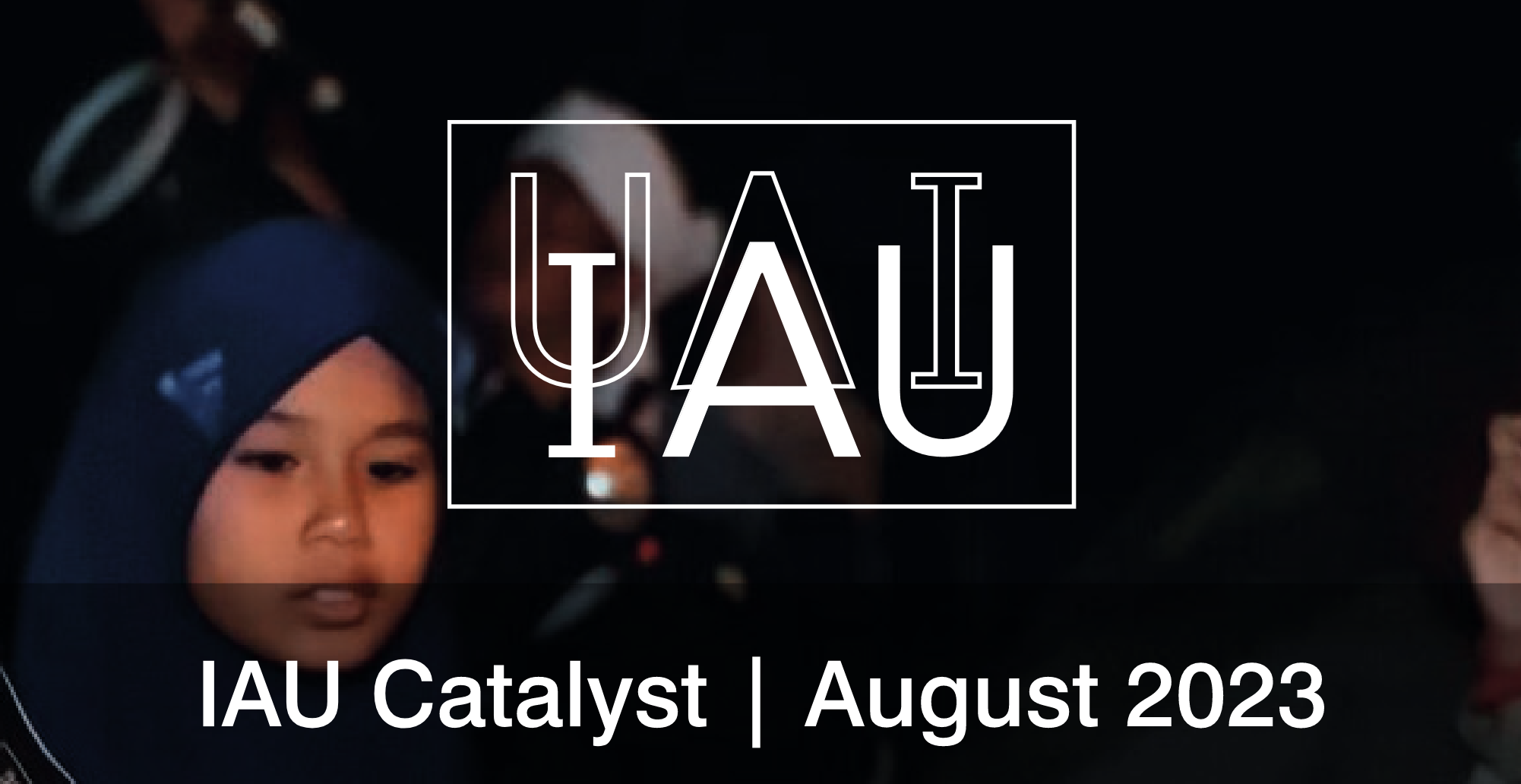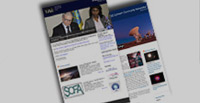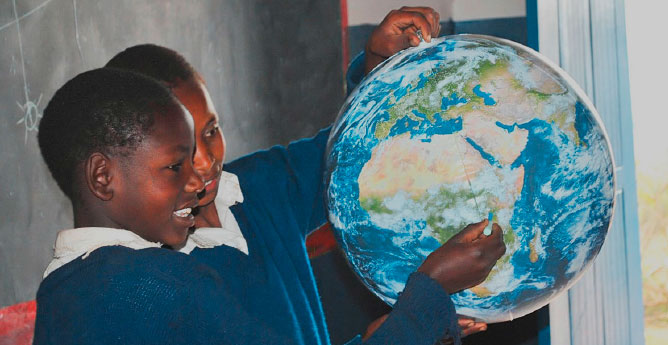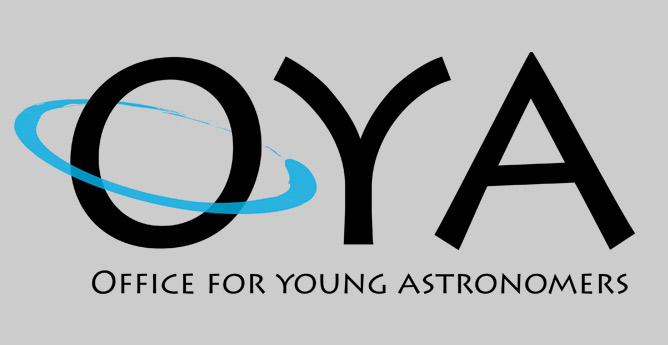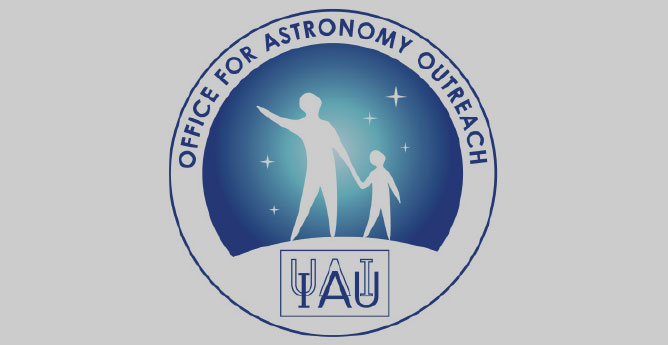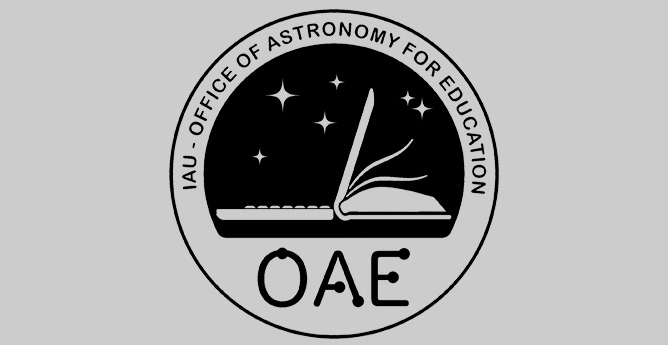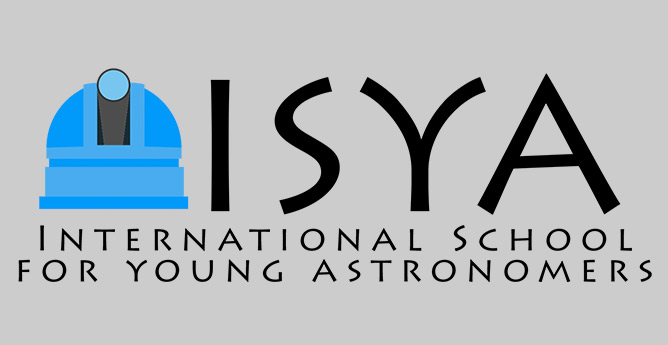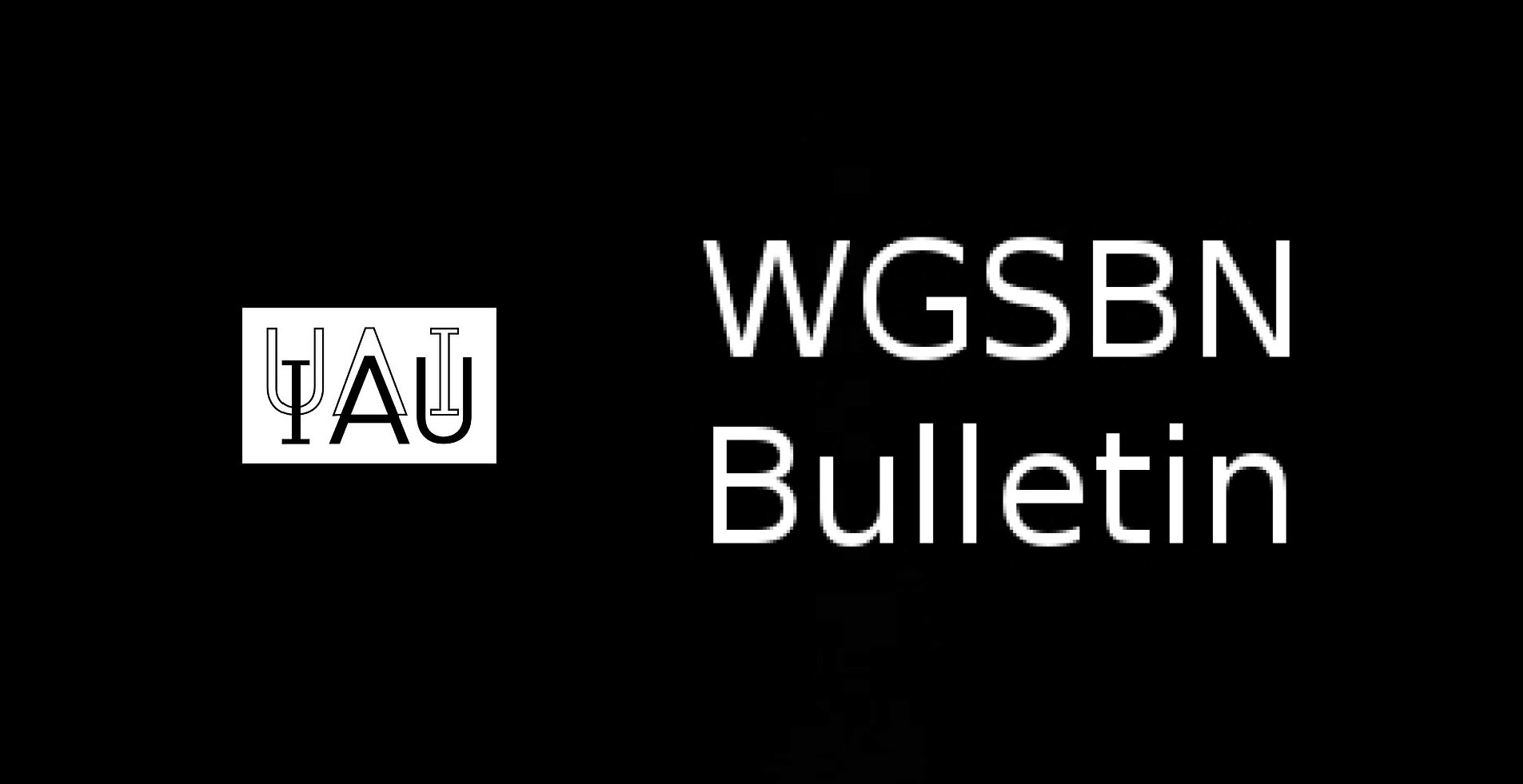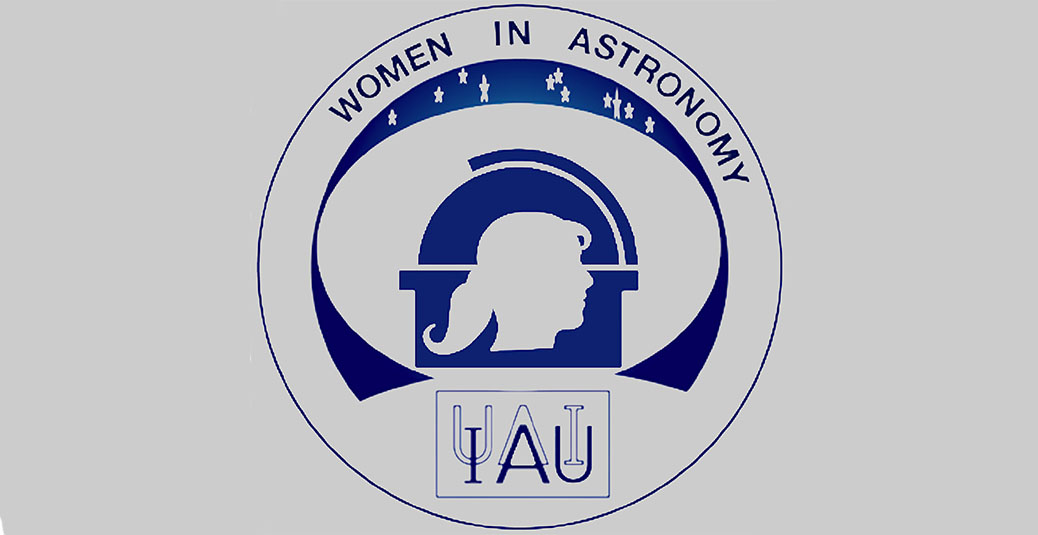- News
- Science
- Scientific Bodies
- Divisions
- Commissions
- Commission A1 Structure
- Commission A2 Structure
- Commission A3 Structure
- Commission A4 Structure
- Commission B1 Structure
- Commission B2 Structure
- Commission B3 Structure
- Commission B4 Structure
- Commission B5 Structure
- Commission B6 Structure
- Commission B7 Structure
- Commission C1 Structure
- Commission C2 Structure
- Commission C3 Structure
- Commission C4 Structure
- Commission D1 Structure
- Commission E1 Structure
- Commission E2 Structure
- Commission E3 Structure
- Commission E4 Structure
- Commission F1 Structure
- Commission F2 Structure
- Commission F3 Structure
- Commission F4 Structure
- Commission G1 Structure
- Commission G2 Structure
- Commission G3 Structure
- Commission G4 Structure
- Commission G5 Structure
- Commission H1 Structure
- Commission H2 Structure
- Commission H3 Structure
- Commission H4 Structure
- Commission J1 Structure
- Commission J2 Structure
- Commission J3 Structure
- Commission X1 Structure
- Commission X2 Structure
- Past Commission Organising Committees
- Working Groups
- Centres
- Scientific Meetings
- Rules & Guidelines
- General Assemblies
- Meeting Proposals
- Future IAU Meetings
- General Assemblies
- EC Meetings
- Officers' Meetings
- Regional Meetings
- Symposia
- Focus Meetings
- Institutional Meetings
- IAU Offices Meetings
- IAU-Sponsored Meetings
- Letters of Intent submitted for 2024
- Letters of Intent submitted for 2023
- Letters of Intent submitted for 2022
- Letters of Intent submitted for 2021
- Letters of Intent submitted for 2020
- Past IAU Meetings
- Templates
- Other Meetings
- Grants & Prizes
- Scientific Bodies
- Publications
- IAU Publications
- IAU Strategic Plan
- Symposia
- WGSBN Bulletins
- Regional Meetings
- Information Bulletins/Catalyst
- E-Newsletters
- Focus Meetings
- Transactions A
- Transactions B
- Related Publications
- GA Newspapers
- CAPjournal
- IAU Books
- Brochures
- IAU Offices
- WG Reports
- Commission Reports
- Division Reports
- Past IAU Publications
- Rules, Guidelines and Instructions for Proceedings
- Publishers
- IAU Publications
- Administration
- About the IAU
- Statutes & Rules
- IAU Policies
- IAU Executive Bodies
- IAU Secretariat
- Resolutions
- Members Administration
- Administrative Dates & Deadlines
- International Organisations Relations
- Donate to the IAU
- Training in Astronomy
- Astronomy for Education
- Astronomy for Development
- Astronomy for the Public
- Office for Astronomy Outreach
- FAQ
- Themes
- Satellite Constellations
- Astronomy in Everyday Life
- How to Report a Discovery
- Careers in Astronomy
- Defining our Place in the Cosmos
- The Constellations
- Light Pollution
- Measuring the Universe
- Near Earth Objects
- How to Participate in Astronomy Research
- Naming of Astronomical Objects
- Naming of Exoplanets
- Buying Star Names
- Naming Stars
- Pluto and the Solar System
- IAU Member Statistics
- Our Moon: the Moon
- Meteors & Meteorites: The IAU Definitions of Meteor Terms
- UNESCO-IAU Portal to the Heritage of Astronomy
- Social Media
- Past Events
- Call for Online Resources
- Astronomy@Home Awards
- Contact
Commission D1 Gravitational Wave Astrophysics
News
Nominations open for GWIC-Braccini Thesis Prize
(posted February 2024)
The Gravitational Wave International Committee and the Friends of Stefano Braccini are pleased to announce the yearly prize recognising an outstanding Ph.D. thesis in the field of gravitational waves, the GWIC-Braccini Thesis Prize. Nominations for the 2023 GWIC-Braccini Thesis Prize are now open.
Members of the gravitational-wave community are invited to nominate students who have performed notable research on any aspect of gravitational-wave science. Theses will be judged on (i) originality and creativity of the research, (ii) importance to the field of gravitational waves and gravitational wave detection, broadly interpreted, and (iii) clarity of presentation. The winner will receive a certificate of recognition and a prize of US $1,000. We aim to award the 2023 prizes at the LISA Symposium meeting in July 2024.
Eligibility: In this cycle, the prize will be awarded on a calendar year basis for 2023. The theses should have been accepted by their institutions between January 1, 2023 and December 31, 2023. It is expected that many of the nominations will come from the member projects of GWIC, but this is not a requirement. Nominated theses may be in any language. A committee selected from the gravitational-wave community will evaluate the nominations and select the winner. The selection committee will make all determinations about eligibility.
Nominations: Nominations should be submitted by February 29, 2024. The nomination package consists of (i) the thesis, (ii) a letter of nomination, preferably from the thesis advisor, (iii) a supporting letter from another scientist familiar with the work, and (iv) a single-page abstract of the thesis written by the nominee. The nomination and supporting letters should describe the importance and novelty of the research and the student's particular contribution.
Electronic submission of the thesis and letters is strongly preferred, with the thesis, abstract and the letters in separate pdf files (four files in total). Electronic copies of the nomination materials may be sent to Michele Vallisneri at michele.vallisneri@jpl.nasa.gov. All submissions will be acknowledged; if an acknowledgement is not received shortly after the deadline, please contact Michele. Please also provide a contact email address, and current institution for the nominee in the nomination letter. If electronic submission is impossible, please contact Michele for instructions concerning paper submission, or for any other concerns or queries.
Pulsar Timing Array Projects Announce New Evidence for Ultra-Low Frequency Gravitational Waves
(posted June 2023)
For two decades, collaborations of astronomers around the world have been in the pursuit of the detection of ultra-low (nanohertz) frequency gravitational waves. On 29 June 2023, they announced the results of their most recent searches. The results showed the strongest evidence yet for these gravitational waves.
To find these waves, the groups have been using the world’s largest radio telescopes to monitor ultra-stable millisecond pulsars. These stars beam pulses that can be used as clocks, forming a Galactic-scale gravitational wave observatories. The passage of gravitational waves through the Milky Way causes miniscule irregularities in the times the pulses are detected. By monitoring a set of pulsars (a Pulsar Timing Array) it is possible to discern the imprint of gravitational waves, which induce smoking gun spatial correlations, from other signals.
The results were announced by the Chinese Pulsar Timing Array, European Pulsar Timing Array, Indian Pulsar Timing Array, the North American Observatory for Gravitational Waves, and the Parkes Pulsar Timing Array. The findings show the first evidence for spatial correlations from gravitational waves. The most likely source of this background is from binary supermassive black holes embedded in distant galaxies, but other more exotic sources that have also been hypothesized.
The future for nanohertz-frequency gravitational wave astronomy is immense. The signal of the radiation will get stronger through further, continued pulsar timing observations. It will also become more pronounced when the data sets from the PTAs are combined as part of the International Pulsar Timing Array project, which also includes observations from the MeerKAT radio telescope.
The community is excited to share the results, in particular at the IAU General Assembly in Cape Town in August 2024.
Back to Commission Homepage
